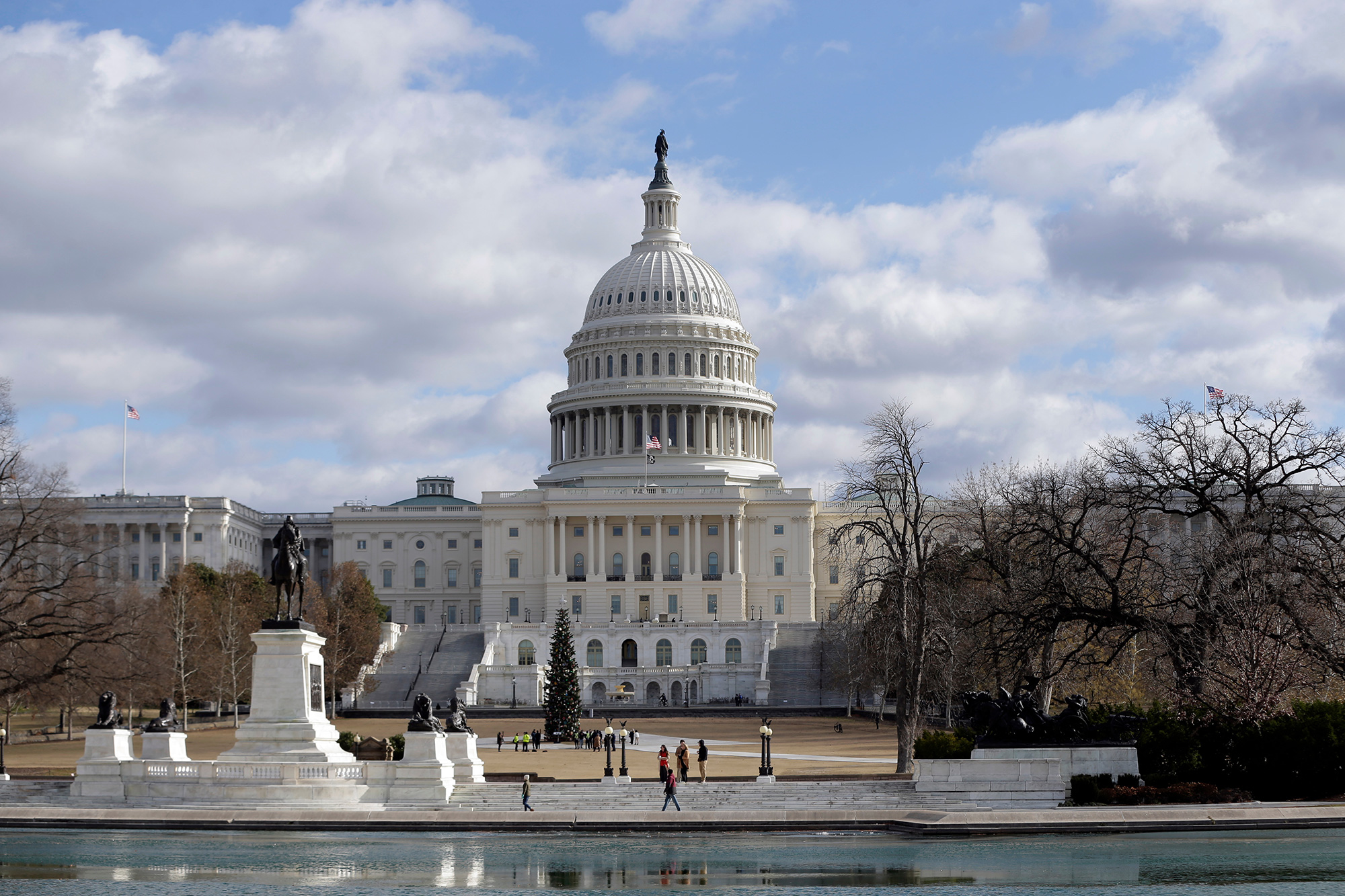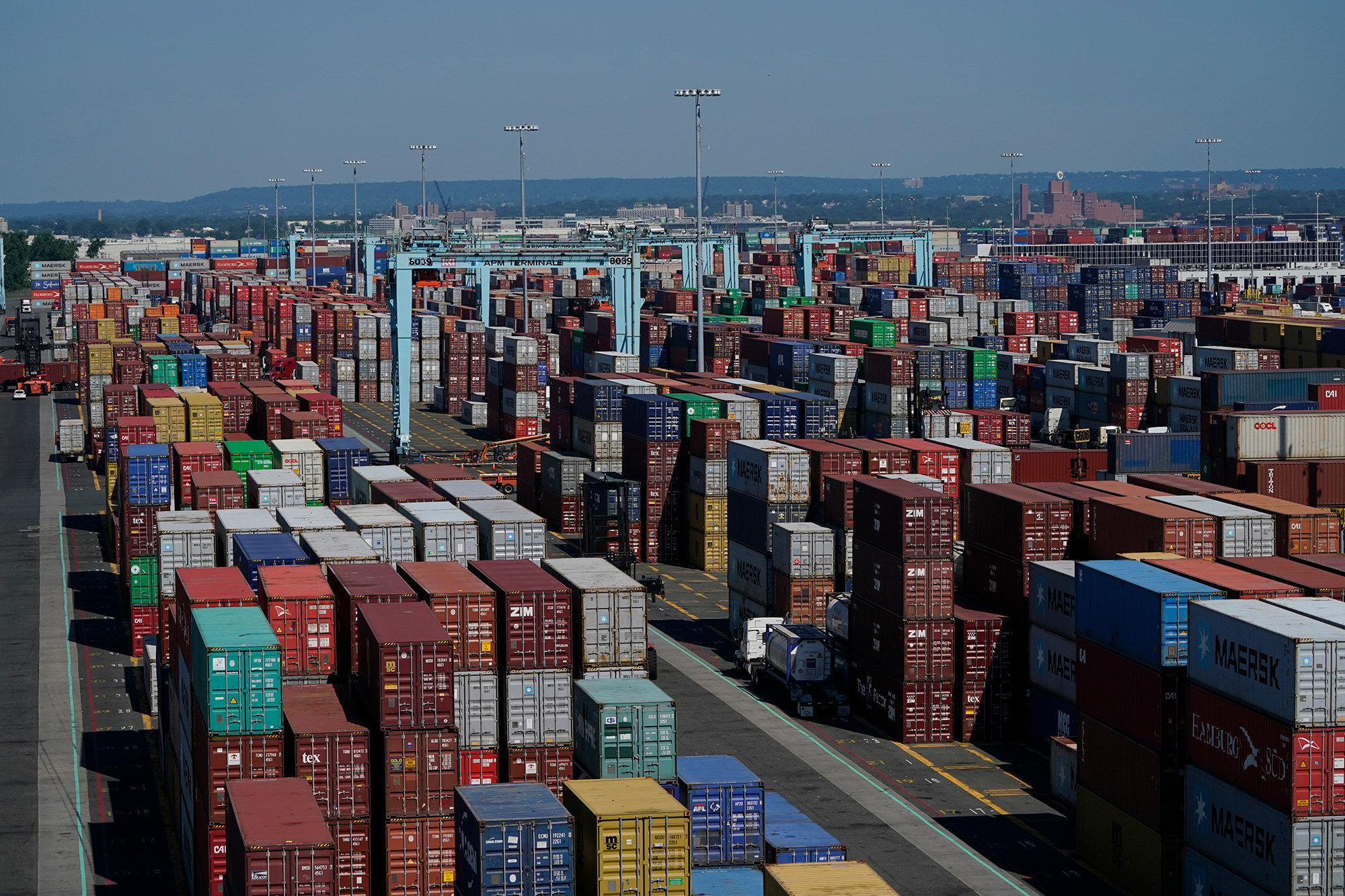Zohran Mamdani, a New York State assemblyman and member of the Democratic Socialists of America (DSA), is now the frontrunner in New York City’s 2025 mayoral race. As his candidacy to lead the nation’s biggest city gains national attention, many voters are asking: What is the DSA, what does it stand for, and how widely are its ideas supported?
To start, the DSA is not a political party, but it is the largest socialist organization in the United States, with around 78,000 members nationwide. Its growth accelerated after Bernie Sanders’s 2016 campaign gained surprising traction, particularly among younger voters.
The DSA Platform: Key Positions
The DSA’s official platform outlines broad changes to economic, social, and political systems in the United States. While positions vary by chapter and member, the national platform includes several recurring goals:
- Replacing capitalism with a democratic, publicly owned economy
- Implementing single-payer health care and tuition-free public college
- Supporting a Green New Deal that brings energy and transportation under public control
- Abolishing police and prison systems and decriminalizing many crimes and misdemeanors
- Restructuring or eliminating institutions like the Electoral College and Senate
- Supporting movements such as BDS and advocating U.S. withdrawal from NATO
- Recognizing the right to self-determination and even independence for groups and territories including Native tribes, Puerto Rico, and Hawaii
The organization defines itself as working toward a system based on “radical democracy,” both in governance and economics. It is distinct from the broader progressive movement in that it focuses on long-term systemic transformation rather than policy reforms to the current system. While Mamdani ran on a different platform in his NYC mayoral race, he has proudly embraced his DSA membership and said the group’s approach represents an effective model for political change in America.
How the DSA Functions
The DSA operates through local chapters and a national political committee. It endorses candidates at every level of government but does not run its own party line. High-profile elected officials affiliated with the DSA include Alexandria Ocasio-Cortez and Rashida Tlaib, but Mamdani leading the economic capital of the world would mark a new level of influence for the movement.
Internal dynamics have shifted in recent years. More centralized and traditionally socialist currents, including Marxist and abolitionist factions, have gained influence. At the organization’s 2023 convention, delegates voted in leadership aligned with these positions, prompting debate among members about strategy and direction.
What the Public Thinks
Public opinion on socialism and related ideas remains mixed. Recent polling highlights that there is a growing generational difference, particularly between those born before and after the fall of the Soviet Union:
- A March 2025 Cato Institute/YouGov poll found 62 percent of Americans under 30 view socialism favorably.
- Among all adults, favorable views of socialism range from 36 to 43 percent depending on the survey.
- A majority of Americans, 71 percent in a Rasmussen poll, say they prefer a free-market system to a socialist one.
Younger Americans show increasing openness to the label, though definitions of “socialism” often vary and may not reflect the DSA’s full platform.
Context for the 2025 NYC Election
As Zohran Mamdani’s campaign draws national attention, the DSA’s ideas are entering broader public discussion. While many of the policies overlap with progressive priorities, others represent deeper structural changes.
The Mayor of New York is one of the most influential non-federal elected officials in the country. As voters head to the polls this November, they will decide not just on a candidate, but on how far-reaching they believe change should be. For those unfamiliar with the DSA, understanding its stated goals and how Americans respond to them is part of that decision.
Related
Sam Zickar
Sam Zickar is Senior Writer at No Labels. He earned a degree in Modern History and International Relations from the University of St Andrews and previously worked in various writing and communications roles in Congress. He lives in the Washington, D.C. area and enjoys exercise and spending time in nature.




